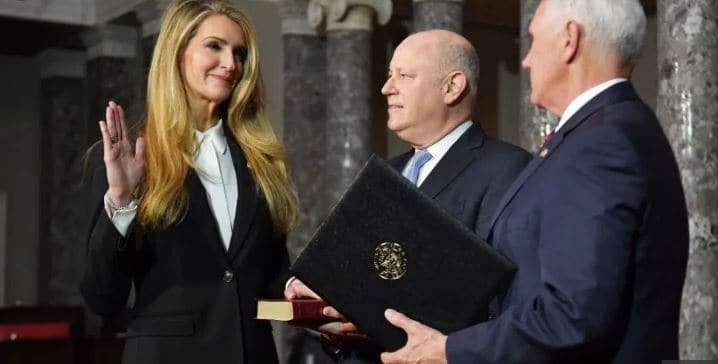Polkadot Unveils Proposal for Next Generation of Governance
Polkadot creator Gavin Wood unveiled the next generation of governance for the DOT ecosystem – Gov2. Only after the v2 is tested on Kusama, a proposal will be made for the Polkadot network to vote on.
New Polkadot Governance v2
According to the press release shared with CryptoPotato, the new governance system does not intend to break from the original tenet, where 50% of the total stake in the system should be able ultimately to direct the system’s future. It also does not detach from the “Conviction Voting” introduced in Polkadot that aims to give greater weight to users willing to lock their tokens into the system for longer.
“Where it differs most is how it manages the practical means of day-to-day decision-making, making the repercussions of referenda better scoped and agile in order to dramatically increase the number of collective decisions the system is able to take. Let’s look a little deeper into how it works.”
Focus on Simplifying
The governance system is still in the development phase and focuses on lowering the barriers by removing additional bodies that serve as “first-class citizens,” such as the Council and Technical Committee – no alternating timetable of proposals, and no public proposal queue. The new system will have only one first-class decision-making mechanism: the referendum.
All users may start a number of referenda at any time, and anyone can vote on these. There are no limitations; however, to make it less cumbersome, Gov 2 presents some features to the referendum process. A referendum must satisfy several criteria before they proceed to the “Deciding” stage, until which it will remain “undecided.”
Only after reaching the “Deciding” stage the referendum becomes eligible to be approved. The voting period is 28 days. Proposals that are not approved during this time period will be marked rejected by default.
Gov2 also has provisions for proposal which are probably already being voted on but contains a problem, and canceling it, is the only way to go. As such, the special operation for intervening is called “Cancellation,” which will immediately dismiss an ongoing referendum regardless of its status. In order to executive this governance operation, the network will have to vote on it.
Polkadot has also retained and enhanced a feature called Vote Delegation in Gov2 by enabling a user to delegate their voting power to another voter in the system.









